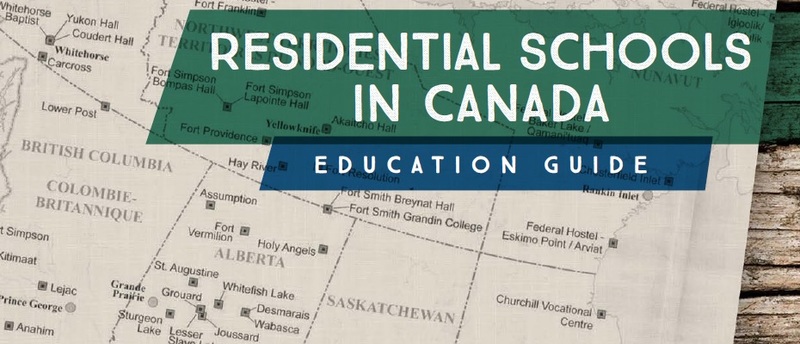Overview
This lesson is based on viewing the Heritage Minute, "Grey Owl," which explores the life and career of this controversial conservationist. Grey Owl, whose real name was Archibald Stansfeld Belaney, was born in England. He immigrated to Canada, adopted the name Grey Owl, and purported to be the son of a Scot and an Apache. He was a trapper and a park ranger whose writings on conservation were very influential.
Aims
Students will briefly describe the history and importance of Grey Owl...


